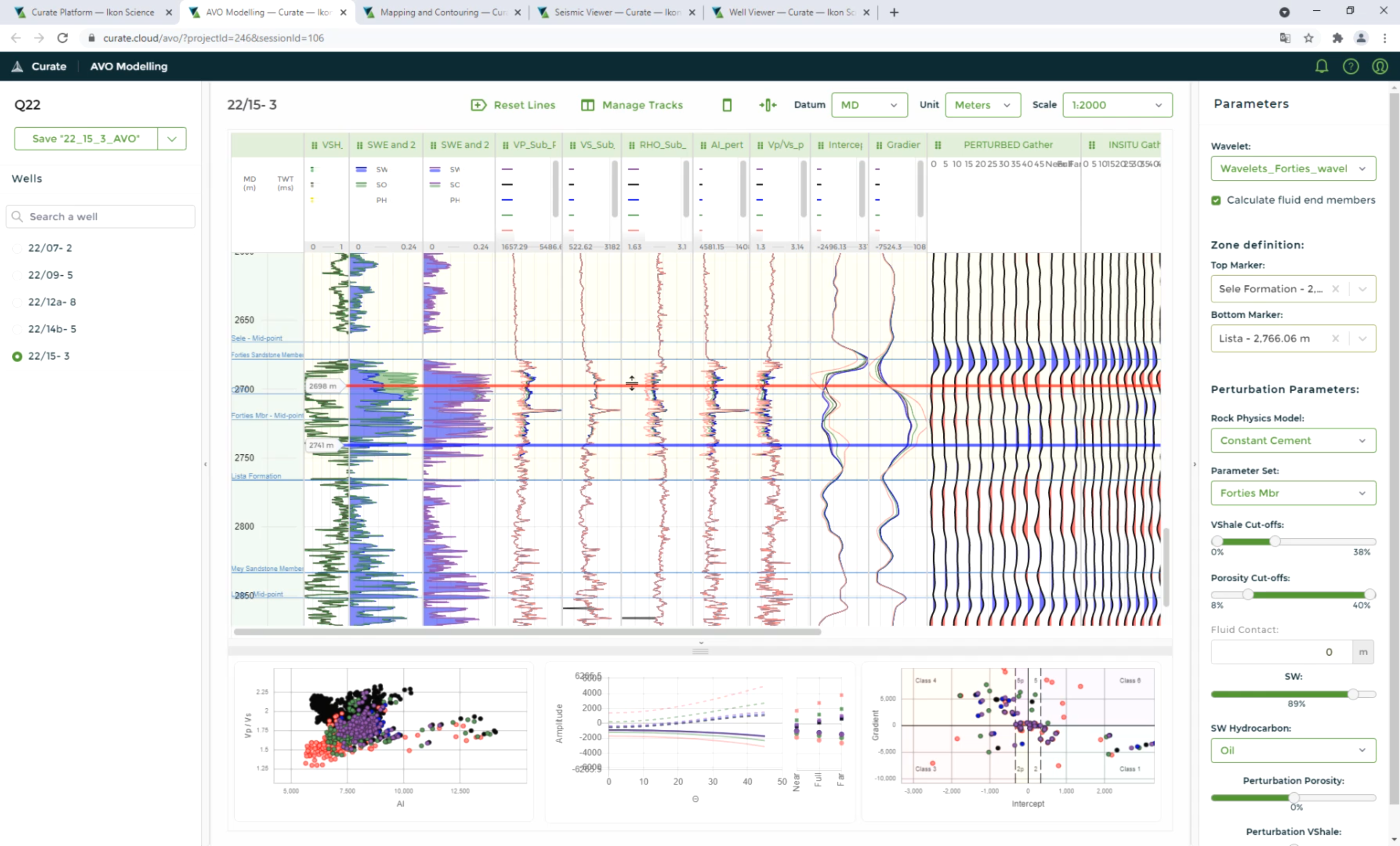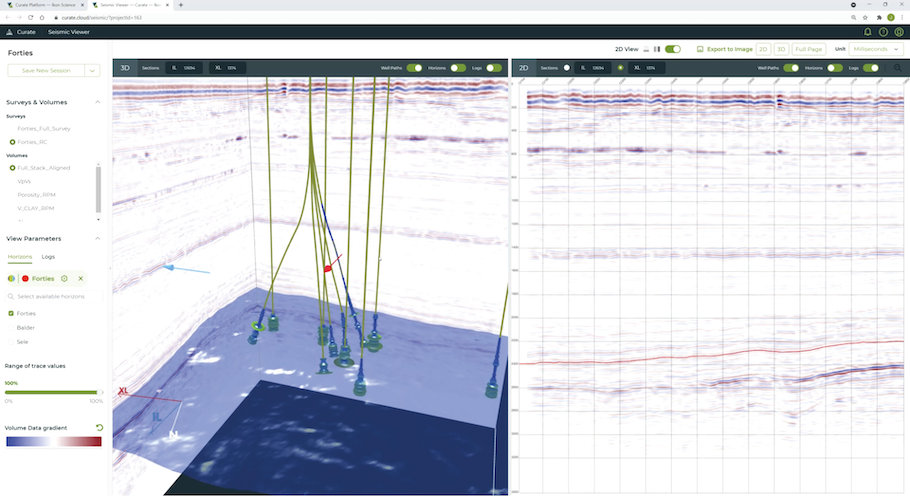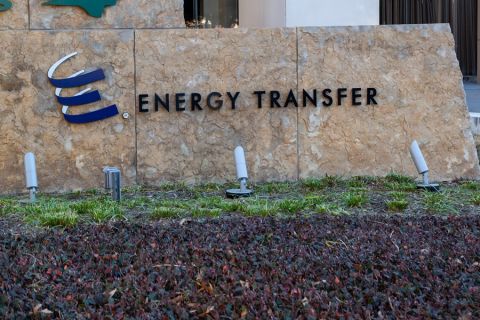Presented by:

Editor's note: This article appears in the new E&P newsletter. Subscribe to the E&P newsletter here.
The development and planning of potential onshore or offshore fields requires significant investment of every kind of resource, both capital and human, along with sound decisions concerning operations at an early stage of the project. These crucial elements impact the overall project's profitability and success. As the oil field is highly competitive, it is important to ensure digitalization isn’t overlooked. The right data technologies can help operators and oilfield services (OFS) providers make the most informed strategic and tactical decisions surrounding play identification, evaluation and prospect assessment to realize the greatest gain and competitive advantage.
With the oil and gas industry emerging from 2020’s COVID-induced economic plunge, identifying efficiencies in the E&P phase is paramount for recovery and competitiveness. Digitalization is ideal to illuminate such efficiencies and enable companies to utilize them, no matter the status of the field. In frontier and under-explored basins, significant volumes are yet to be categorized or confirmed. Such fields have very few wells or may have nascent exploration activities. There is great potential and great adversity inherent in such fields. Geological aspects are often compounded by accessibility and political complexity as well.
Exploration activity
The risks are high in such scenarios with so much unknown about what lurks below the surface. With the cost to operate an onshore rig estimated at $25,000 per day and $200,000 per day for an offshore rig, operators can’t afford missteps in exploration activity. Subsurface workflows and processes are necessary to create a sound predictive interpretation strategy to guide the path forward. Using that information to conduct a quantitative analysis and geological validation of prospects to create drilling and well plans can help increase the odds for success.
While companies typically have a scant amount of seismic, wellbore, drilling and production data in exploratory fields, they can tap into volumes of such data in analogous fields. Leveraging that information is absolutely key to minimizing uncertainty. However, the challenge lies in enabling accessibility to those datasets without creating redundancy from either a human resources or capex perspective. Resources and capital can often be unnecessarily used due to data held within different departments or software programs.
Mature wells
For operators revisiting mature wells, different considerations and nuances take priority to tap into additional hydrocarbons. Identifying previously missed zones of pay is essential to maintain and grow production and maximize reserves. Reutilizing legacy data to identify previously unseen rock property variations is crucial in this endeavor. When it comes to exploration, mature basins might have a faster time-to-market compared to frontier or under-explored wells, but mature basins still present significant challenges.
To revitalize a mature portfolio, operators must simultaneously leverage data management, regional exploration, and geological and geophysical groups. As with frontier and under-explored wells, this activity can be complicated by companies possessing large amounts of data that are inherently inaccessible due to those volumes being siloed within departments and software programs.
This siloed piecemeal approach limits many companies in oil and gas, as operators consider the automations and software programs they’ve implemented to satisfy digitalization, when in fact those programs and digital tools exist and operate in isolation. The cost of this inaccessible data is significant. Unlocking access to the data companies already possess so that geoscientists can apply specialist learnings directly to solve business challenges creates lucrative efficiencies in the development of frontier, under-explored and mature wells.
Unlocking data silos
In a 2019 article, Boston Consulting Group stated the benefits of introducing digital across oil and gas companies’ businesses yield major impact. This included a 50% to 60% reduction in data interpretation time and cost in the exploration phase, up to 70% reduction in engineering hours in the field development stage, 20% to 30% faster well delivery and more productive wells in the drilling stage and 3% to 5% increased production.
Revealing these efficiencies requires unlocking the silos in which valuable data resides to provide secure access to team members regardless of their department. Lack of access to these data leads to isolated workflows, poor utilization and, most importantly, compromised decision-making. An operator succeeds or fails based not only on the massive amount of data at its fingertips but also the decisions made using those data.
Accurate predictions and decision-making
Leveraging a digitalization tool, such as Curate, effectively solves this challenge by ultimately providing operators and OFS companies better access to both data and knowledge across an enterprise, allowing companies to make faster and more accurate decisions.
It can enable companies to realize the promise and full potential of digital transformation in myriad ways:
- Allowing rapid insights into responses and properties across trusted datasets without a new project;
- Seamlessly monitoring the drilling operations of individual and surrounding wells in real time; and
- Rapid prospect de-risking.
These capabilities result in smarter and safer drilling with less capex and human resources.


By combining best-of-breed data management, visualization and geoscience wherever companies choose to access data—whether in the cloud, on site or industry standard data platforms—it is possible to break down the barriers that prevent the free flow of data. The ability to seamlessly access data regardless of where data reside empowers companies to identify previously missed zones of pay, accurately predict and plan for negative drilling events before they occur, correctly forecast pore pressure and generate multiple what-if scenarios to understand an activity’s impact on a reservoir.
Utilizing digitalization in this way redefines how the industry approaches the entire oilfield life cycle and enables it to do so in a sustainable manner.
With breakeven points shifting and the demand for hydrocarbons increasing as the industry emerges from 2020’s downturn, digitalization that allows multiple data sources and workflows to be accessed instantly provides much-needed nimbleness to navigate the industry’s current challenges. Agility and accuracy are cornerstones of success in today's complex oil patch.
The industry is witnessing an important inflection point in the oil and gas industry. Operators that fail to embrace digitalization not only put profits at risk but also threaten the long-term viability of their businesses. Companies that leverage digital tools will be able to outmaneuver those that don’t, as they will gain better insights that lead to more accurate and faster decision-making for greater competitive advantage.
 About the author:
About the author:
Chris Hanton is the vice president of Data Solutions with Ikon Science. He oversees the scoping, management and delivery of solutions to improve the accessibility, quality and availability of subsurface data across client organizations. He and his team interact with a variety of stakeholders, covering both end-user and management teams to build pragmatic solutions to data challenges in a timely manner, improving the ability for subsurface teams to action effective decision-making and positively influence the overall business of the client. Hanton has an MeSci from the University of Liverpool in geology and an MSci from the University of Aberdeen in integrated petroleum geoscience.
RELATED CONTENT:
Geomechanical Rock Properties Prediction from Seismic Data
Rock Physics Diagnostics: A Prerequisite for Successful Modeling
Artificial Intelligence Platform Accelerates Reservoir Opportunity Identification
Integrating Seismic Prestack and Well Data Augmented through Machine Learning
Recommended Reading
Report: Crescent Midstream Exploring $1.3B Sale
2024-04-23 - Sources say another company is considering $1.3B acquisition for Crescent Midstream’s facilities and pipelines focused on Louisiana and the Gulf of Mexico.
For Sale? Trans Mountain Pipeline Tentatively on the Market
2024-04-22 - Politics and tariffs may delay ownership transfer of the Trans Mountain Pipeline, which the Canadian government spent CA$34 billion to build.
Energy Transfer Announces Cash Distribution on Series I Units
2024-04-22 - Energy Transfer’s distribution will be payable May 15 to Series I unitholders of record by May 1.
Balticconnector Gas Pipeline Back in Operation After Damage
2024-04-22 - The Balticconnector subsea gas link between Estonia and Finland was severely damaged in October, hurting energy security and raising alarm bells in the wider region.
Wayangankar: Golden Era for US Natural Gas Storage – Version 2.0
2024-04-19 - While the current resurgence in gas storage is reminiscent of the 2000s —an era that saw ~400 Bcf of storage capacity additions — the market drivers providing the tailwinds today are drastically different from that cycle.




